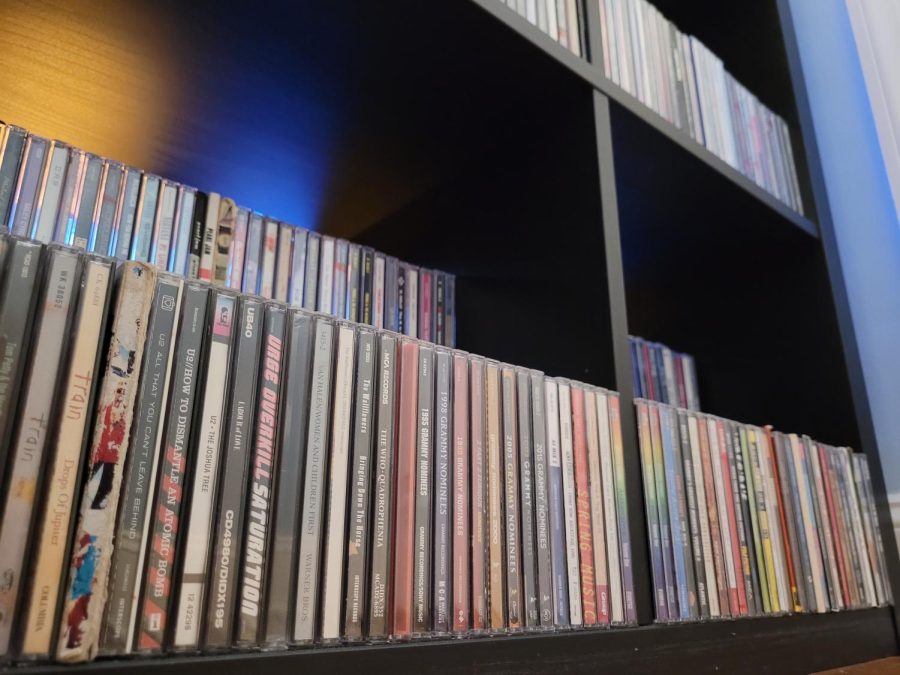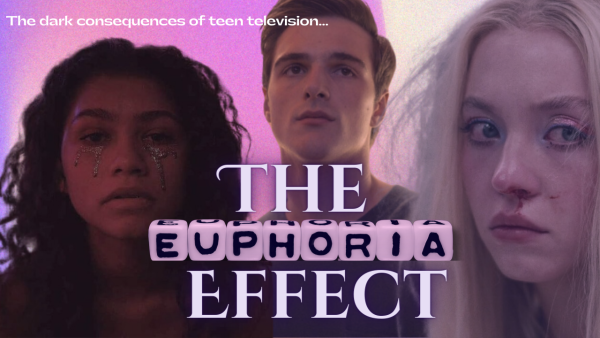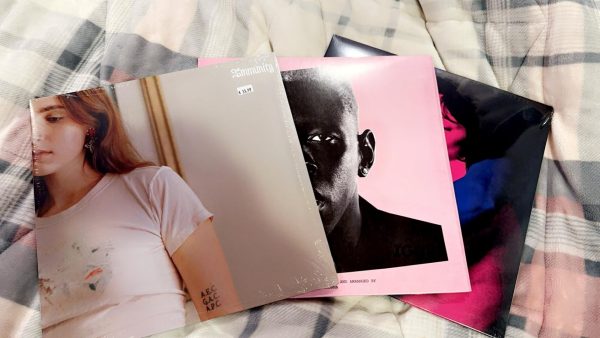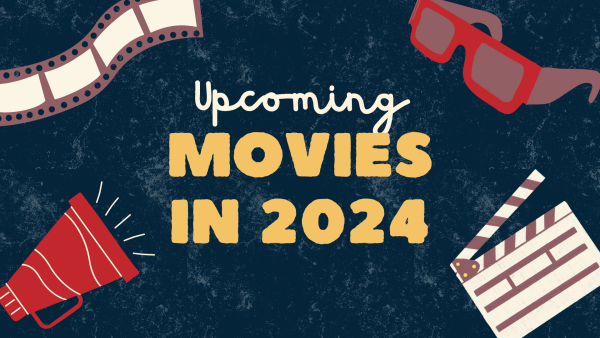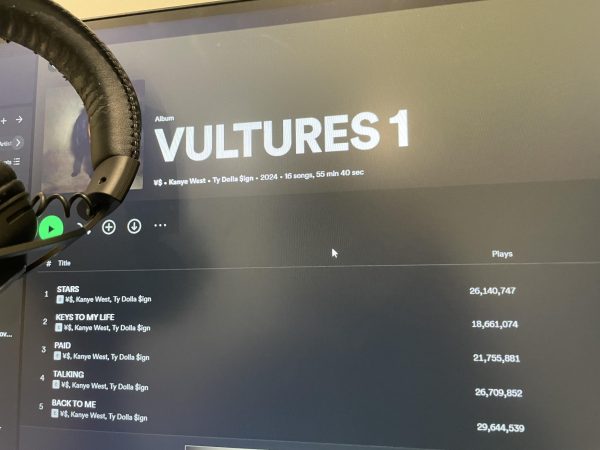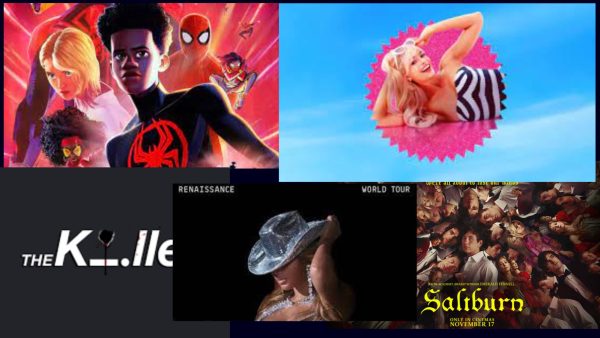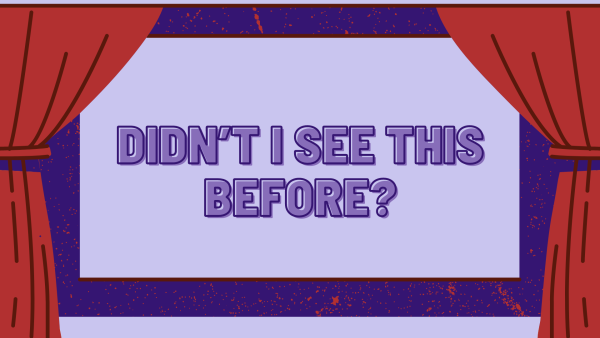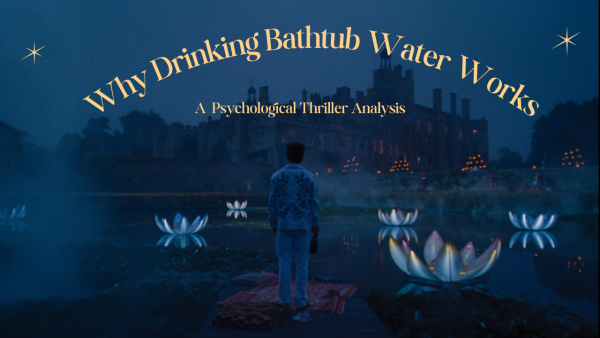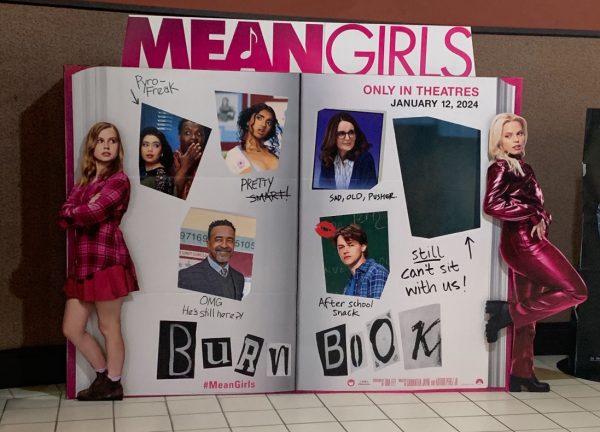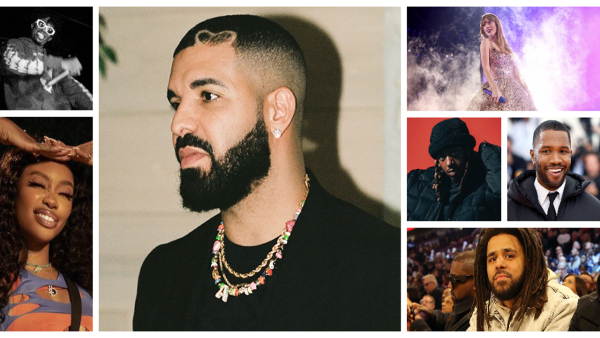Why I still buy CDs
A BLAST FROM THE PAST: Associate Editor Tyler Letcher’s CD collection, containing all used discs organized in alphabetical order.”
I walk into a store, looking for a specific Pink Floyd CD. I’d love to have it on my iPod, and to listen to it in my car. The year is 2022, not 2003. I’m in the vocal minority of those to still actively purchase and use CDs – and not just for the nostalgia factor. It also has to do with the negatives that come with streaming services, and the music they pump out.
If you asked me a year ago whether or not collecting physical music discs was worth my money or time, I probably would’ve laughed in your face. “Why would I do that when I could easily stream any song I want through Spotify, or YouTube Music?” is something along the lines of what I would’ve said.
What I didn’t understand was that, for one, how streaming services such as Spotify are able to operate is that they need to compress the audio files down to a certain size to be able to stream. Compression, as it is known, essentially means making the size of the audio file smaller, while removing parts of the music that the compression system doesn’t deem necessary to listening pleasure. This can be anything from removing separation between tracks (i.e. making it harder to listen to individual instruments and voices) to removing certain instruments altogether if they’re too quiet on the scale of audio.
Another potential issue with streaming services is how they may not have every song that physical media will have. For example, the Black Eyed Peas’ hit song, “Let’s Get It Started” was originally known by another name, with different lyrics, and was much more offensive than what we mostly know of today. You may not even know of the original version, as it has been essentially scrubbed from streaming services. However, if you find the album on a CD, you can find the original song no problem.
This also applies to more obscure or local releases, such as a mixtape released by a local artist commemorating a local sports team. While it may not be found on a streaming service, it might be relatively easy to find if you wish to find it. Same goes for indie artists who either released music before streaming services took hold, or who didn’t wish to release their music on streaming services. This also goes for artists who have requested for their music to be removed from platforms retroactively.
But, you may ask, how do you listen to CDs? You wouldn’t want to carry around one of those circular-shaped portable CD players everywhere you go, would you? It’s easier than you’d think. All you need is a computer of some sort, and an optical drive to read the discs. Through this, you can “rip” the discs’ contents onto your computer in whatever format you wish, including uncompressed formats for better listening quality, and put them on your phone, iPod, or keep them on your computer to listen to them there.
As far as the listening quality goes, as long as you choose an uncompressed format when ripping, it can be relatively subtle to begin with. You’ll hear better separation between instruments, maybe hear other instruments or background vocals you haven’t before. A good example of this would be “Earth, Wind & Fire’s” September, where you can hear a consistent cowbell in the background, backing the vocals and main instrumentals.
Buying CDs, as they originally come, with their booklets can be an adventure. Looking through the pages of lyrics and photographs can give a greater understanding of the original intent of the album from those who created it, often in its original form as well. You may even find other oddities, such as an autographed cover that you may have missed upon purchase.
But, why would you buy CDs when streaming services are so relatively inexpensive nowadays? Spotify tops out at 10 bucks a month, same with YouTube Music. For most people, these are just fine to use day-by-day. However, with CDs having fallen into relative obscurity in the past decade or so, you can find CDs easily for around a dollar, often in decent to good condition. Considering how popular they once were, they can still be incredibly easy to find wherever you find yourself. You might even have some still hanging around the house, maybe from your parents back in the day.
Because of all of this, the popularity of CDs has risen to the point where their sales have risen for the first time since 2004, as reported by the RIAA. Artists as popular as Taylor Swift are beginning to release their newest albums on CD, helping to raise sales. However, these figures aren’t even helped by the massive second-hand market, likely accounting for a massive chunk of the scene nowadays.
But some people are just fine with streaming music. That’s fine. If you’re listening through a pair of Apple earbuds on a jog whenever you listen to music, you likely won’t hear a difference. However, if you’re in the group of people who are able to sit down at home and actually listen to your music, listen to an album in full, marinating in its instrumentals, background vocals, what have you, CDs, physical or digital, may well be for you.


